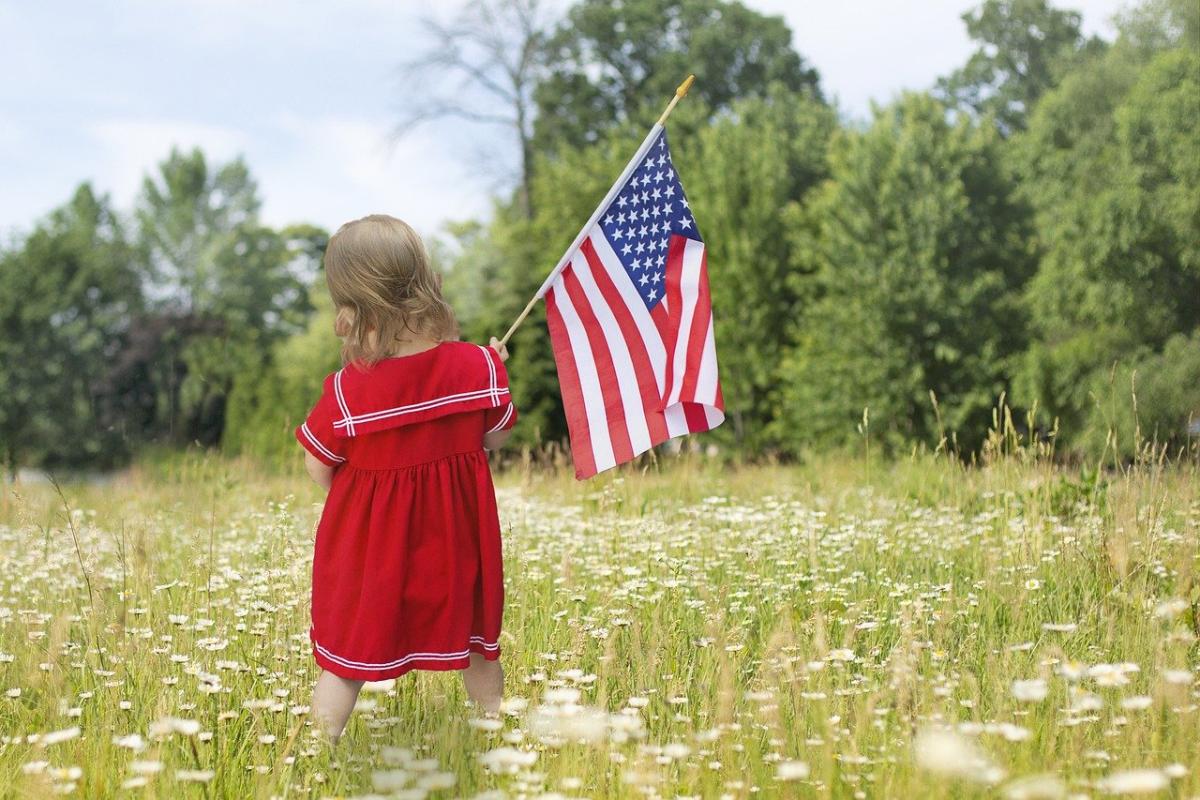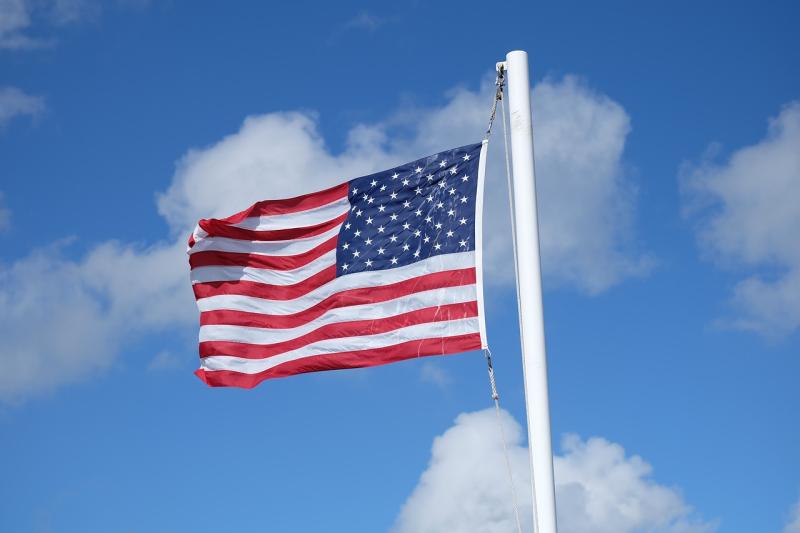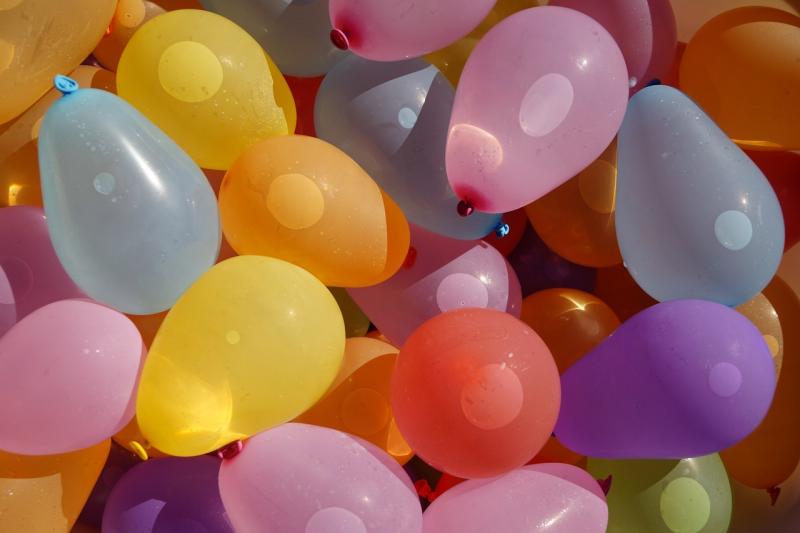July 4th is an important day in United States history. It marks the day that the Declaration of Independence was adopted in 1776. This document declared that the 13 original colonies would declare themselves independent states, severing their political ties with Great Britain. Since that time, July 4th has been celebrated with barbecues and fireworks, and is a day of great historical significance in the United States.
In the article that follows, we will explore the history of July 4th, from the writing of the Declaration of Independence to the present day. We will look at how July 4th is celebrated across different regions in the United States, and how it has evolved over the centuries.
Early Celebrations of July 4th
The first celebration of the Fourth of July dates back to 1777. It was a modest celebration with just 13 salutes for the original 13 colonies. In the following years, celebrating the Fourth of July slowly started becoming a tradition. In 1783, General George Washington marked the date with a grand celebration complete with bells ringing, bonfires, and fireworks in Philadelphia.
By the mid-1800s, July 4th was celebrated throughout the United States. Hot dogs, apple pie, and fireworks were popular in the celebration. The first official state declaration of July 4th as a holiday was in Mississippi in 1818, and by 1870, the holiday had been officially declared in every state.
The year 1870 also marked the first national celebration of July 4th. As a result, the holiday became more popular and more widely celebrated each year. Parades, band concerts, and public gatherings were now becoming a popular part of Fourth of July festivities.
To this day, Americans gather together to celebrate our country's independence on July 4th. But traces of the early celebration have remained. The bells, fireworks, and flags remind us of the original celebration established by our founding fathers in 1777.
Declaration of Independence
On July 4, 1776, the Declaration of Independence was adopted by the Continental Congress. This single document, signed by the 56 representatives of the 13 colonies, proclaimed the colonies’ independence from Great Britain. For many, the Declaration of Independence is the key document in American history. It is the document that James Madison referred to as “the fundamental act of Union” and Thomas Jefferson said could not be “too often read, or charged in the memory.”
The Declaration of Independence captures the ideals of the American Revolution and was, as Jefferson wrote, “the declaratory charter of our rights, the the true principles of our government.” It stated the political philosophy of the time that governments are formed by the consent of the governed and that the people have the right to change governments. It also set forth the purpose of government to protect the rights of citizens, including the right to life, liberty, and the pursuit of happiness.
The tasks of writing, amending and ratifying the Declaration of Independence took approximately two months. Thomas Jefferson wrote the majority of the document, although other members of the Continental Congress also contributed to its language and philosophy. The Declaration was then debated and revised by the Continental Congress. On July 4, 1776, the Declaration of Independence was approved and announced publicly.
July 4th in the Early 19th Century
In the early 19th century, July 4th was still celebrated with military exercises and bell-ringing. Heeding the call of historians, schoolchildren, and veterans organizations, citizens gathered to hear patriotic speeches and to remember the legacy of the nation's first president, George Washington. New traditions formed around July 4th, including parades, fireworks, and the reading of the Declaration of Independence.
Fourth of July fireworks were first introduced in America in 1777. That year, Congress instructed the new nation to celebrate with "bonfires and illuminations" on the anniversary of America's independence. From the beginning, fireworks were an integral part of July 4th celebrations, as was the ringing of church bells.
A parody of the Declaration of Independence penned in 1776, known as the Dunlap Declaration, was printed in newspapers to commemorate the occasion. And in 1783, the first Fourth of July oration was given in Philadelphia. So by the early 1800s, July 4th already had some long-held traditions associated with it.
In the early 19th century, the Fourth of July was becoming an important holiday for many Americans, especially those in the Northeastern states. Reflecting the growth of the nation, the decorations for July 4th festivites expanded to include naval ships, flags, and transparencies.
July 4th Celebrations During the Civil War
July Fourth celebrations during the Civil War held special meaning, with both the Union and Confederate sides venerating the holiday. However, the observance differed significantly depending on which side was in power.
South Carolina and the other seceding states celebrated the day by making public declarations of independence or by hosting parades, dinners, and speeches. Confederate President Jefferson Davis issued a proclamation in 1863, in which he declared July Fourth to be “a day of fasting, humiliation, and prayer.” He went on to write, “All arms should be laid aside, and we should as one man humble ourselves before the All-wise Disposer of human events.”
Meanwhile, Union-controlled areas were much less celebratory. In 1863, the War Department of General-in-Chief Henry W. Halleck issued orders to the Union commanders, instructing them to suppress any public displays of loyalty to the Confederacy, including July Fourth parades or celebrations. Although Unionists in the occupied cities decried the order, Halleck and his allies argued that such festivities encouraged a defiant attitude and could “result in great injury to the public service.”
Despite the attempts of both sides to downplay the holiday, soldiers on both sides of the conflict continued to honor and celebrate the day. For example, Confederate officers conducted a ceremony to mark the anniversary of American independence in 1863. The event included readings of the Declaration of Independence and speeches by Confederate Congressman Reuben Davis and Governor Benjamin R. Hill. Union troops also celebrated their own version of Independence Day, with many attending public celebrations featuring speeches, patriotic songs, and parades.
As the war came to a conclusion and the Union was restored, Unionists across the country began to observe July Fourth more reminiscently of pre-war years: with exuberant festivities such as large parades, picnics, and fireworks. By 1872, these events had become an integral part of American Independence Day celebrations all over the country.
Development of July 4th Festivities
As the new nation of the United States began celebrating its independence, July 4th turned into a festive occasion around the country. Small towns and large cities held annual parades, fireworks displays and other public events. The most iconic device associated with July 4th celebrations is the American flag. It is not known exactly when flags started to be used during the 4th of July holidays, but by the 1850s they were already a standard part of the festivities.
In the late 19th century, more and more fireworks displays were used to celebrate the anniversary of independence. Firework shows were so popular that Fourth of July pyrotechnics remain a popular tradition today. July 4th also saw the growth of large parades and patriotic speeches in cities throughout the land.
The national celebration of July 4th has changed over time. In 1941, Congress declared this day to be a federal holiday, further increasing its importance. Later, the holiday evolved to include picnics, concerts, shows, family reunions and other events.
National Holiday in 1870
In 1870, July 4th was declared an official national holiday throughout the United States of America. President Ulysses S. Grant issued a proclamation on June 28 calling for a “public holiday on the 4th of July throughout the country” and all the “demonstrations suitable to its commemoration.”
At the time of the proclamation, the nation was still recovering from the Civil War and this day marked a period of peace and unity. The holiday was largely seen as a day to commemorate the Declaration of Independence, with many taking the day off from work to observe the celebration with parades, picnics, and fireworks shows.
The holiday was also a way for citizens to express their love of country and to celebrate the freedoms inherited from the Revolutionary War. It was meant to symbolize the promise of a better future for the nation and to provide a common cause for Americans to share.
Celebrations in Modern America
July 4th continues to be an important day of celebration in present day America. Starting off with the iconic Independence Day parade, the festivities have become an integral part of American society.
In most states, events begin at the crack of dawn, with firework displays and flag hoisting ceremonies taking place all across the country. Local traditions like tug-of-war, folk dancing, pie eating competitions, and more serve to commemorate the spirit of independence that makes the nation so unique.
Modernized versions of these traditions take place all citywide and extend even beyond, with special July 4th parades and fireworks displays being held in small towns and large cities alike. A July 4th celebration is incomplete without the singing of traditional patriotic tunes and hymns and a spectacular grand finale fireworks show in the night sky.
July 4th of 2020 however was different, due to the many restrictions imposed by the COVID-19 pandemic. Americans took to using their porch lights as a way to light up the night, thus celebrating the day in as safe and socially-distant a way as possible.
Conclusion
July 4th is an important day in American history, symbolizing the day a nation took a stand against tyranny and declared independence from Great Britain and the institutions it stood for. Celebrations are held across the United States every year, unifying people around the idea of freedom and joyousness. July 4th honors the dedication and hard work of those who fought and died for the cause, and many of its traditions are still celebrated to this day.



